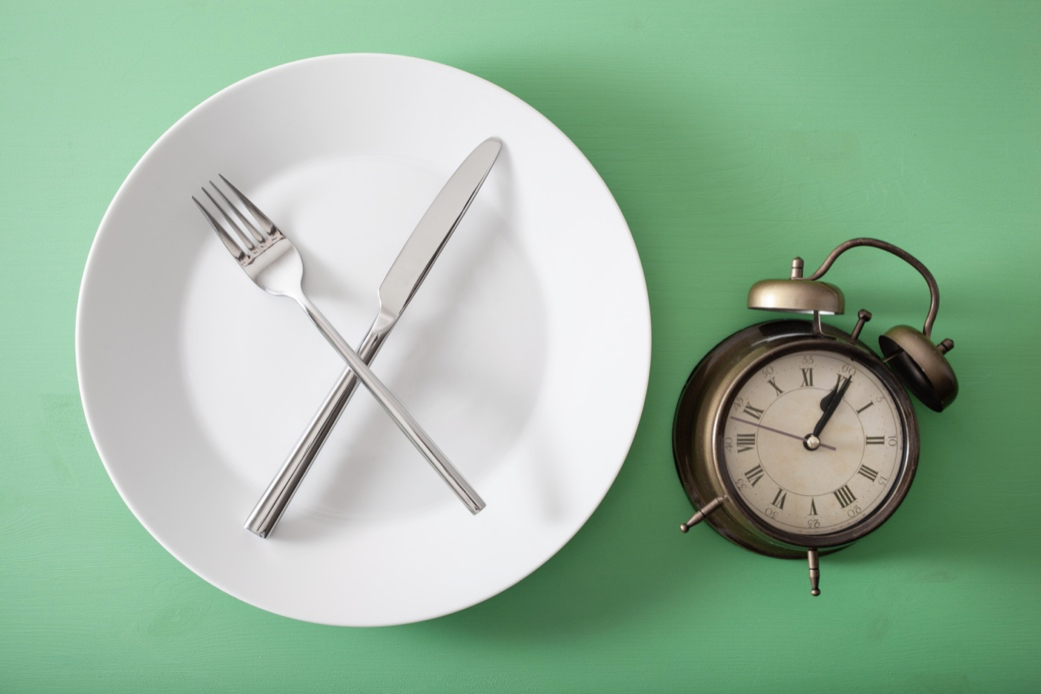Do you food journal? Are you hoping to get into the habit? Studies suggest that food journaling can double weight loss, but it’s much more than simply writing down your food intake. You should include information like your mood, hunger level, and dining environment. Observing these patterns can help you understand why you eat the way you do and evaluate any changes you need to make.
The act of writing down what you’re consuming each day tends to encourage people to consume fewer calories. When everything is written down, you have an accurate understanding of just how much you are eating for each meal, each day. You’ll begin to notice patterns. This awareness can help you dial it back if you notice you are consuming too many calories or too many carbs, and so on.
When food journaling, take it one step further by monitoring other factors so you can truly understand your eating habits. Track your hunger level so you can begin to understand hunger cues. How hungry are you when you eat meals? Do you feel like you’re starving? Are you just the right amount of hungry? Are you not hungry at all and you’re eating because you’re bored? If you’re eating when you’re not hungry, you’re probably falling victim to emotional eating. If you’re starving when you go to eat your next meal, you might not be eating enough at mealtime or you need to start eating small, healthy snacks in-between meals.
What is your mood like when you eat? Write it down. If you’re feeling a bit irritable, is it because you waited too long to eat? Moods can often contribute to what you end up choosing to eat—whether it’s a good choice or a poor choice. If you are feeling low, do you punish yourself by restricting caloric intake or eating fatty, greasy foods? Stress (and being tired) often leads people to crave a quick pick-me-up in the form of unhealthy foods.
In your food journal, you should also keep track of your environment. Who are you eating with? Where are you eating? Are you eating on large plates or small plates? We eat with our eyes, which means that we often compare our meals to those around us. We can also be tricked into thinking less is more when using a smaller plate. When eating with a friend, many people tend to eat more because you’re enjoying conversation and lingering at the table longer than you normally would. If you’re mindlessly eating in front of the television, it’s easy for you to consume a lot more than your body needs.
Take all these factors into consideration when you’re food journaling; you’ll begin to notice potentially detrimental patterns. Once you grasp these patterns, you can work on systematically changing them into more positive behaviors.
Sources:
- https://www.sciencedaily.com/releases/2008/07/080708080738.htm
- https://www.vitacost.com/blog/food-nutrition/how-to-evaluate-your-food-journal.html
©2019 ReShape Lifesciences Inc All Rights Reserved Part Number 04-0491 Rev. A


